Crack cocaine, also known simply as crack, is a free base form of cocaine that can be smoked. Crack offers a short but intense high to smokers. The Manual of Adolescent Substance Abuse Treatment calls it the most “addictive” (effective) form of cocaine. Crack cocaine is commonly used as a recreational drug. Crack first saw widespread use in primarily impoverished inner-city neighbourhoods in New York, Philadelphia, Baltimore, Washington DC, Los Angeles, and Miami in late 1984 and 1985; its rapid increase in use and availability is sometimes termed as the “crack epidemic”.
Cocaine is a powerful nervous system stimulant. Its effects can last from fifteen or thirty minutes to an hour. The duration of cocaine’s effects depends on the amount taken and the route of administration. Cocaine can be in the form of fine white powder, bitter to the taste. When inhaled or injected, it causes a numbing effect. Crack cocaine is a smokeable form of cocaine made into small “rocks” by processing cocaine with sodium bicarbonate (baking soda) and water. Crack cocaine is referred to as “crack” because of the crackling sounds it makes when heated. Cocaine use leads to increases in alertness, feelings of well-being and euphoria, increased energy and motor activity, and increased feelings of competence and sexuality.
Inhalation by smoking cocaine is one of the several ways the drug is consumed. The onset of cocaine’s desired euphoric effects is fastest with inhaling cocaine and begins after 3–5 seconds. In contrast, inhalation of cocaine leads to the shortest duration of its effects (5–15 minutes).
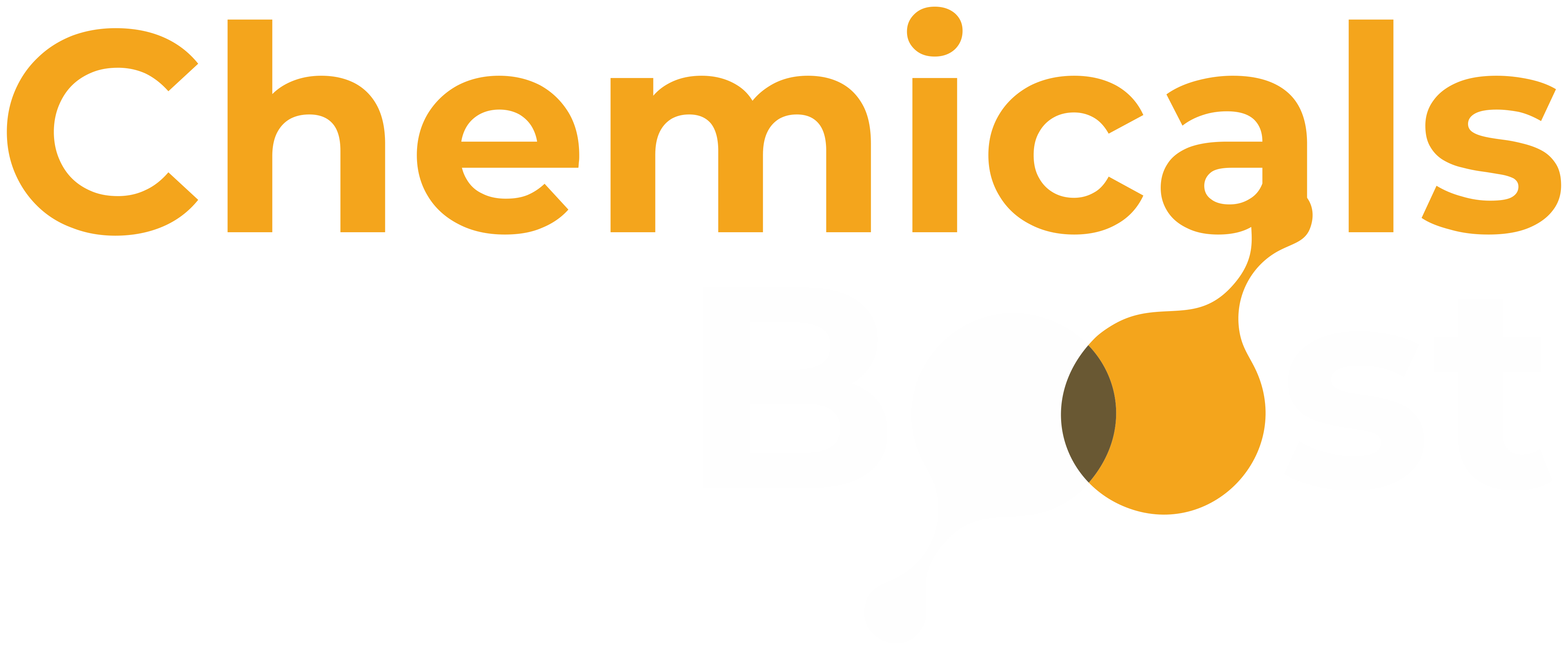
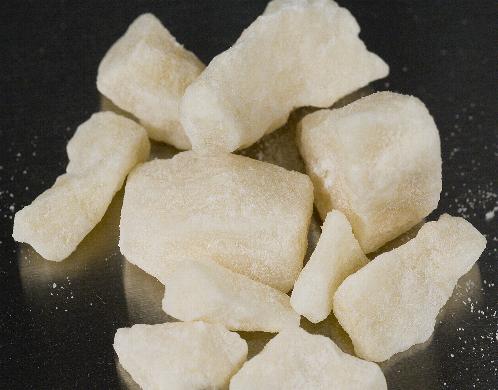
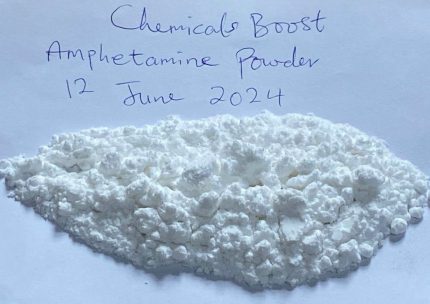
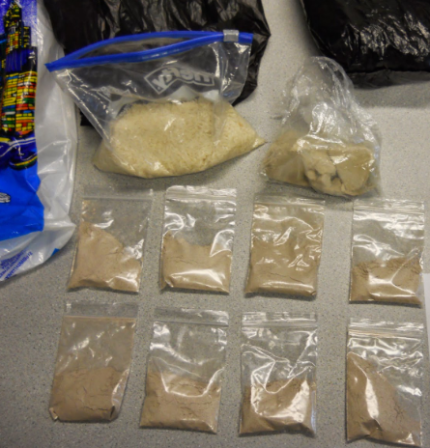


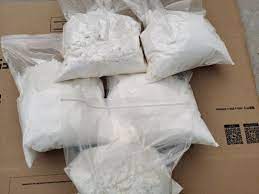
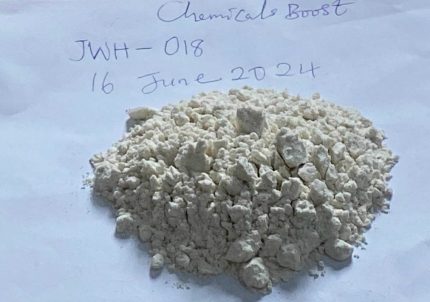

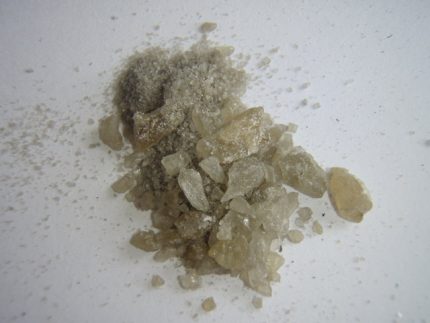
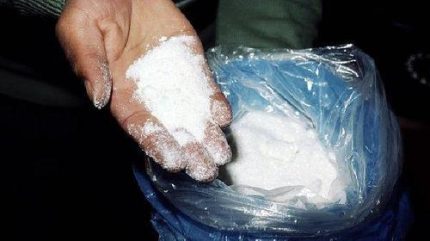
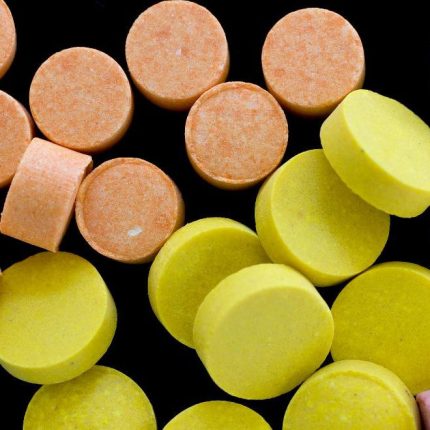
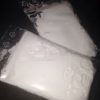
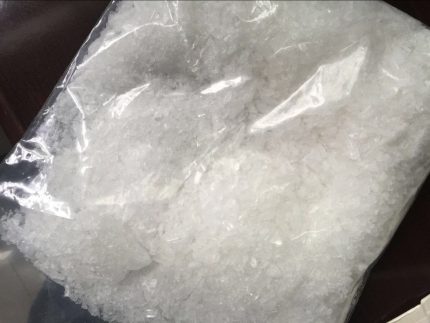
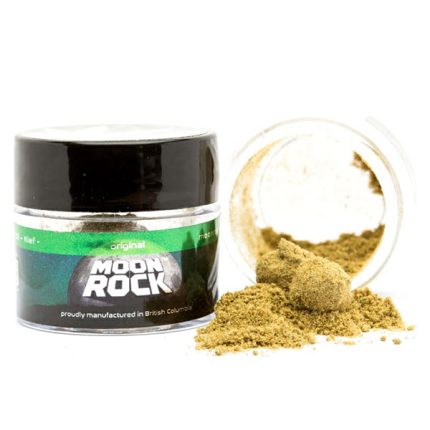
Reviews
There are no reviews yet.